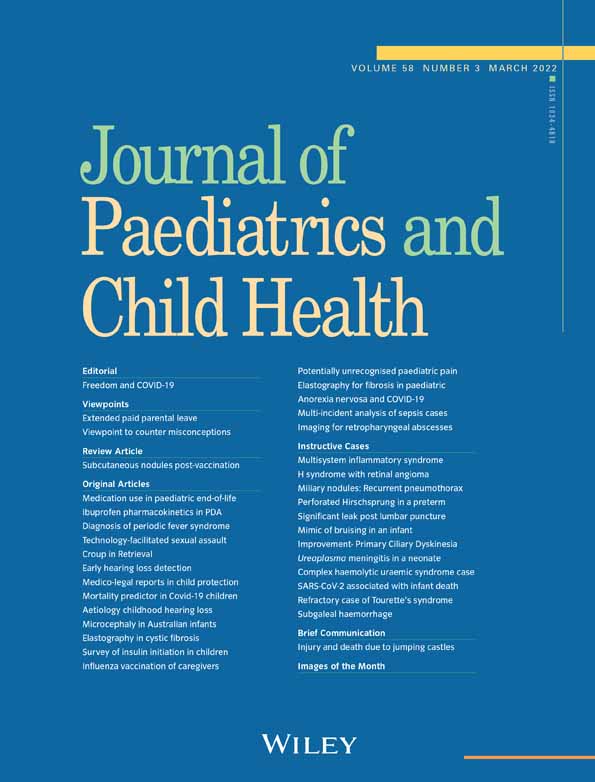Medication chart review at end of life of paediatric palliative patients
Conflict of interest: None.
Abstract
Aim
This study aimed to review the use of medications in a paediatric palliative care (PPC) population during the last two weeks of life.
Methods
This is a retrospective observational cohort study that included 50 consecutive patients who were referred to KK Hospital PPC service from 2011 to 2015. Those who died after two weeks from discharge date were excluded. Medication charts were reviewed and relevant data were extracted.
Results
The study population included 42 patients and consists predominantly oncological and neurological diagnoses. The median number of medications used was 11.5. Ninety-five percent (40 out of 42) of study population required analgesia where 81% (34 out of 42) were opioid. There was prevalent use of antibiotics (86% of study population, 36 out of 42). Less frequently used medications included steroids, sedatives, laxatives and antiemetics (48%, 52%, 48% and 38% of study population respectively).
Conclusion
Significant number of medications was used in PPC during the last two weeks of life. Apart from significant use of analgesia, there is also notable use of antibiotics. Future directions in education such as prescription of laxatives with opioid are proposed.




